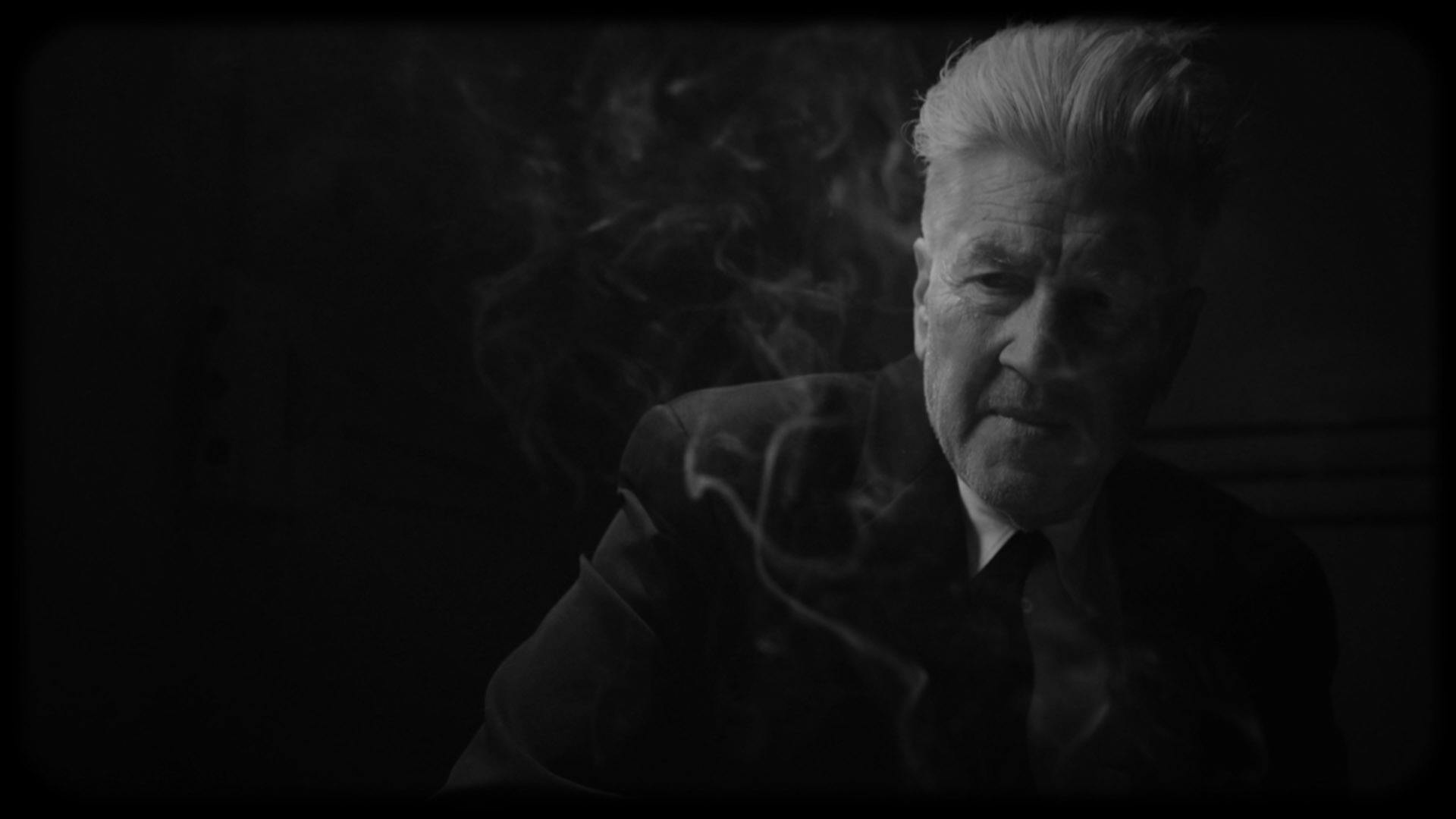The sofa is one of the most well-used pieces of furniture in the home, so it’s a good way to make a statement. Dezeen editor-at-large Amy Frearson picks out seven new designs that do exactly that.

Assemble by Destroyers Builders for Valerie Objects
Belgian designer Linde Freya Tangelder imagined pebble stones when designing Assemble, the first sofa from homeware brand Valerie Objects, launched at the Maison&Objet furniture fair in Paris.
As the name suggests, the idea is for you to assemble your own sofa out of the various different elements. Single and double seaters can be paired with asymmetric backrests, corner elements, side tables and poufs, creating endless configurations.
“This universal fit was a very important feature in my design process,” explained Tangelder.

Stack by Nendo for La Manufacture
Japanese studio Nendo has gone to a lot of effort to make this sofa look effortless.
Debuting in the Paris showroom of newly launched brand La Manufacture, Stack looks like a pile of cushions that have been casually thrown together. In fact, its large padded elements are actually held in place by a hidden structure.
The design team carried out numerous tests and built many prototypes to ensure that each arrangement offers plenty of comfort.

Luizet by Luca Nichetto for La Manufacture
Another piece in the La Manufacture collection, Luizet was designed by the brand’s art director Luca Nichetto.
Designed to look good from any angle, the sofa comprises various geometric elements that can be mixed and matched. Seats can be circular, semi-circular or square, while the back and armrests are formed of both rectangular cushions and large curving tubes.
The design can also be customised with the addition of side tables and poufs.

Major Tom by Maisondada
The first sofa from Chinese furniture brand Maisondada was designed by co-founder Thomas Dariel with fashion in mind.
The cushions and upholstery are available in a range of Kvadrat fabrics, but typically the inside and outside surfaces are in contrasting shades to create the impression that the sofa is wearing a jacket.
The name, Major Tom, is a subtle reference to this feature – Dariel likens it to the Pierre Cardin jacket that David Bowie wore in the video for Space Oddity. “Fifty years after the moon landing, we are still looking at the stars,” said the brand.

Pukka by Yabu Pushelberg for Ligne Roset
Comfort was the utmost consideration for Canadian duo George Yabu and Glenn Pushelberg when creating Pukka.
Debuted at both the IMM Cologne and Maison&Objet furniture fairs, the design is one of four new sofas from French brand Ligne Roset, and it is by far the most simple and effective of the collection.
It is made up of layers of foam of different density, ensuring it is extremely comfortable and supportive. Different stretchy fabrics can be chosen to cover this soft structure, although a wool stretch velvet is recommended.

Asmara by Bernard Govin for Ligne Roset
In celebration of its 60th anniversary, Ligne Roset is also reissuing a classic 1960s design that is guaranteed to become the centrepiece of any room it is displayed in.
Created by French designer Bernard Govin, Asmara is a sectional sofa system made up of modules with convex and concave surfaces. When placed together, they create an undulating landscape that you can sit on or lie over.
Ligne Roset describes the design as a symbol of “sexual freedom and sensual emancipation”.

Wonder Sofa by Space Copenhagen for Gubi
Lounge furniture from the 1970s gets a contemporary update in this design by Danish studio Space Copenhagen.
On show at the Gubi store in Copenhagen, the Wonder Sofa is a generously sized sectional that comes in various configurations. Plump cushions are neatly folded over the backrest, making it as comfortable to lean against as it is to sit on.
“The Wonder Sofa has details that radiate welcome, relaxation and comfort, while remaining calm and minimal in its expression, making it the perfect centrepiece,” said Gubi owner and creative director Jacob Gubi Olsen.
The post Seven sofas that deserve to be centre of attention appeared first on Dezeen.











































